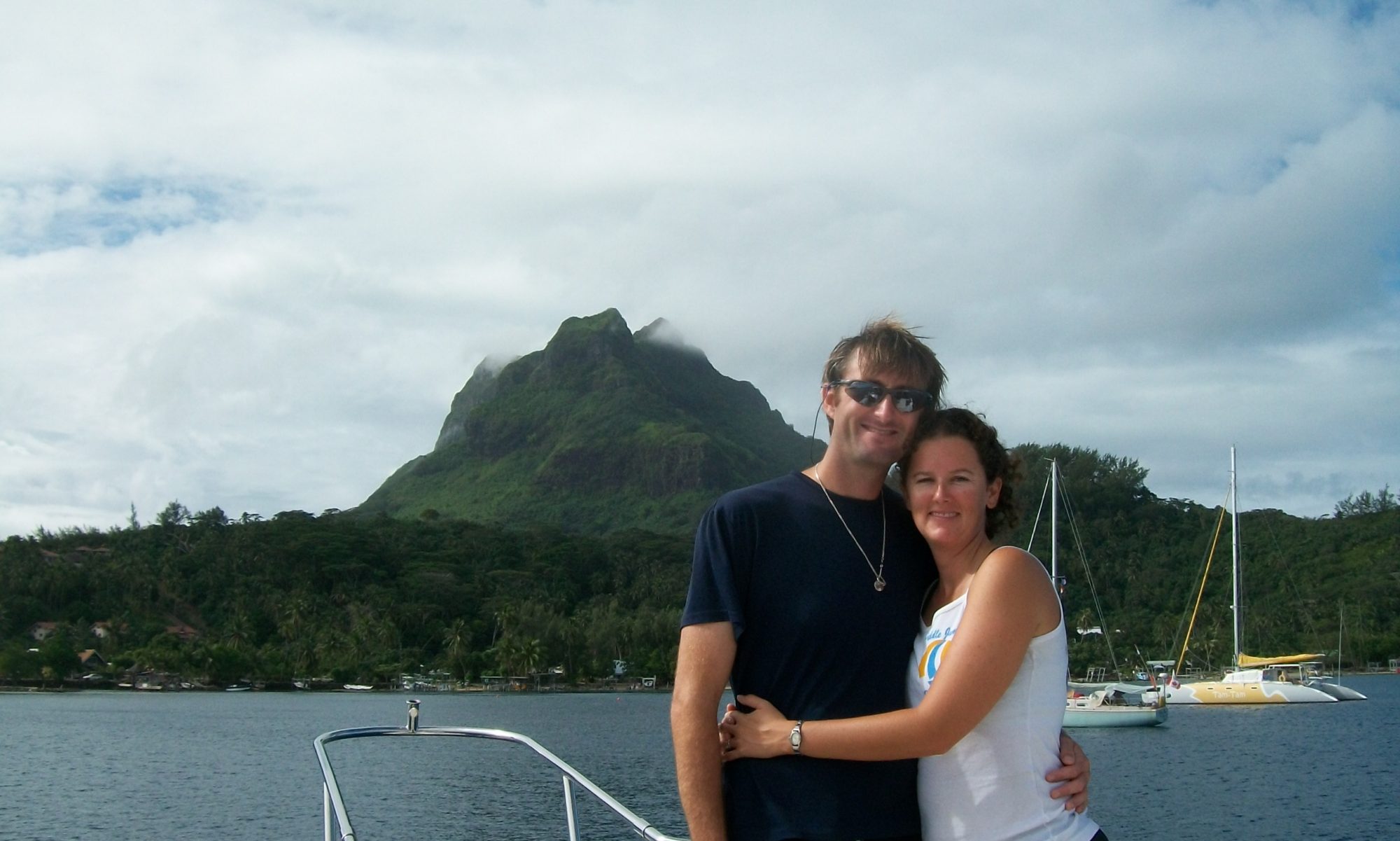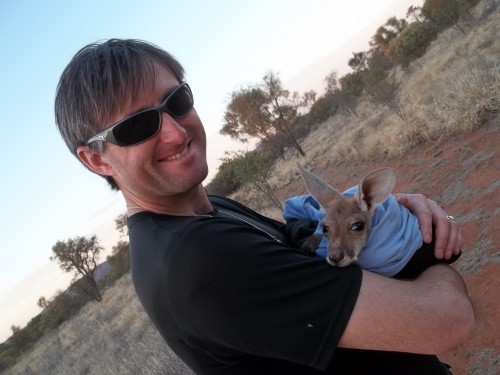Alice Springs, NT, AU
One of our favorite stops in Alice Springs was the Kangaroo rescue center
Where we learned more about the complicated relationship the people of Australia have with their semi-official national ambassador…
As is the case with pretty much everything in the Southern Hemisphere, Capt. James Cook was the first European to lay eyes on the Kangaroo. The modern name comes from a mistranslation of the aboriginal word “gangurru”. Kangroos are not only a native solely to this continent; they also embody a large piece of the uniqueness of this land. Aside from being on the Australian national seal, Kangaroos are also routinely used as a symbol for the Aussies in everything from military units to sports teams to their dollar coins.

Yes, that’s right, the currency with the kangaroo on it is currently worth about 5 cents more than a good old George Washington buck. Incidentally, ‘Roos also make a darn fine burger, another thing they got on George.
Native only to Australia, the Kanagaroo is part national symbol…and part rampant pest.
It’s a back and forth issue but the contention is that Kangaroos get into farms and other developed land to eat the fields that are used for grazing cattle. This raises farmer’s expenses.
Also, Kangaroos like grass and their favorite pieces are the freshly cut areas that are found right next to the motorways… And you’ve already seen our first hand experience of how that works out for everyone…
Turns out we got lucky. While statistics vary, it is not considered terribly uncommon by the locals to hit a Kangaroo that dashed out in front of your car in the night. We heard it even happened to one of our friends from the ski resort while we were touring around.
One of the saddest parts of kangaroo / car accidents are the joeys, or baby kangaroos. Protected as they are in the mother’s pouch, baby kangaroos often survive car strikes when their mother does not. This leaves the baby to die a slow death of starvation or to be eaten alive by vultures and predators that are attracted by the carcass of the dead mother.
This was the big message of this rescue center:
When you’re driving along and see a dead ‘roo, if it’s safe, stop and check the pouch.
If you find a joey wrap it in a blanket and bring it to the next town where there is often a volunteer you can find by contacting the police who will take the joey off your hands and get it to a shelter.
We had also noticed a lot of kangaroos on the side of the road with spray paint on them and never understood why – it was to mark dead kangaroos that had already been checked for joeys.
While our guide pointed out that a rescued kangaroo, especially a male, may end up domesticated (as some of his do) and will therefore have to live at a rescue center forever, it’s a better fate than being eaten alive by vultures.
(warning – the following video will probably make you involuntarily say “awww” at least once.)
One of the main reasons rescued male kangaroos will have to live in containment is that as they grow they can lose their natural fear of humans as predators and begin to see them as fellows / peers / rivals for the sweet sweet attentions of the ladies. Aside from desensitization and encroachment, or more precisely because of it, this can lead to our favorite, though granted extremely rare, ‘roo related causality:
Human detesticulation.
Yeah. That. By way of kicking.
Needless to say, Greg’s novel desire to box a kangaroo was hastily reconsidered. Apparently ‘roos are more into the whole MMA style…
(Incidentally, this is also why it’s illegal to have a kangaroo as a pet.)
If the above wasn’t enough bouncy cuteness for you, then there’s always our adventures with wallabies.
PS – The kangaroo rescue center is completely volunteer and runs off admissions (which were low) and donations. Translation – they didn’t give us a dime to say anything nice about them, they just delivered a really awesome experience alongside memories we’ll cherish and some great education. Highly recommended. ‘
They don’t maintain a website but they’re easy enough to find. Here is their contact info.
Greg and Tiffany are traveling around the world on sailing yachts and keep a video blog of their (mis)adventures. If sailing to Tahiti on a 44 ft sailboat, 3-day delays for wine tastings, getting pooped on by seagulls, opening coconuts with dull machetes, sailing past tornadoes and ukulele Christmas carols are for you, then check them out at www.CoastGuardCouple.com!





One Reply to “Human Detesticulation and Baby Kangaroos”
Comments are closed.